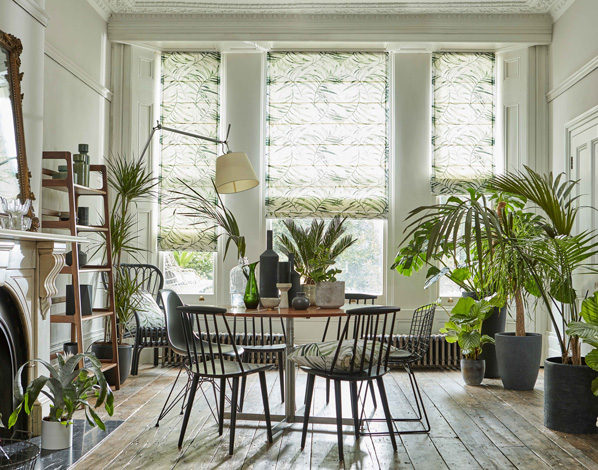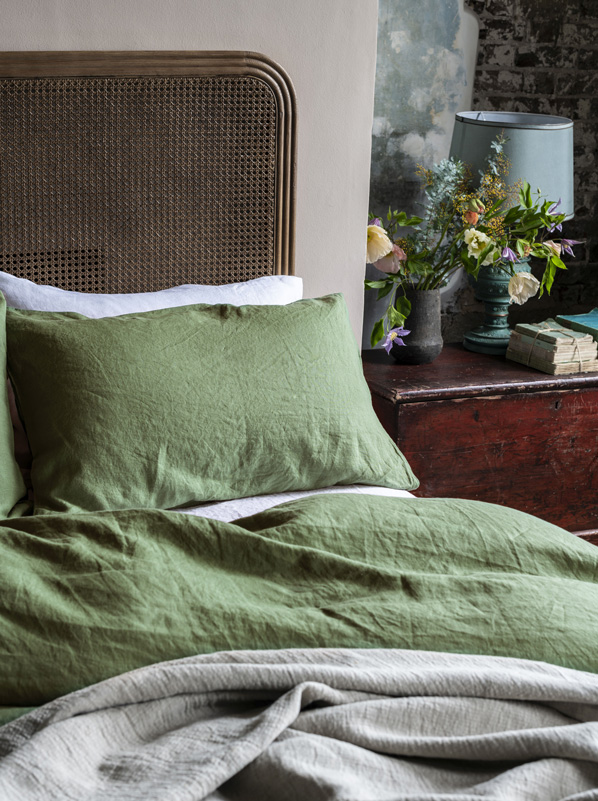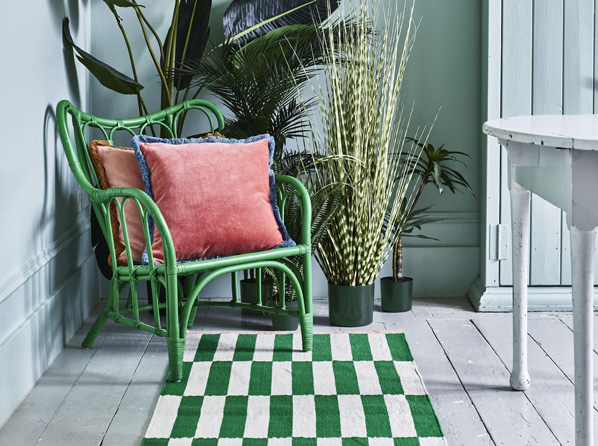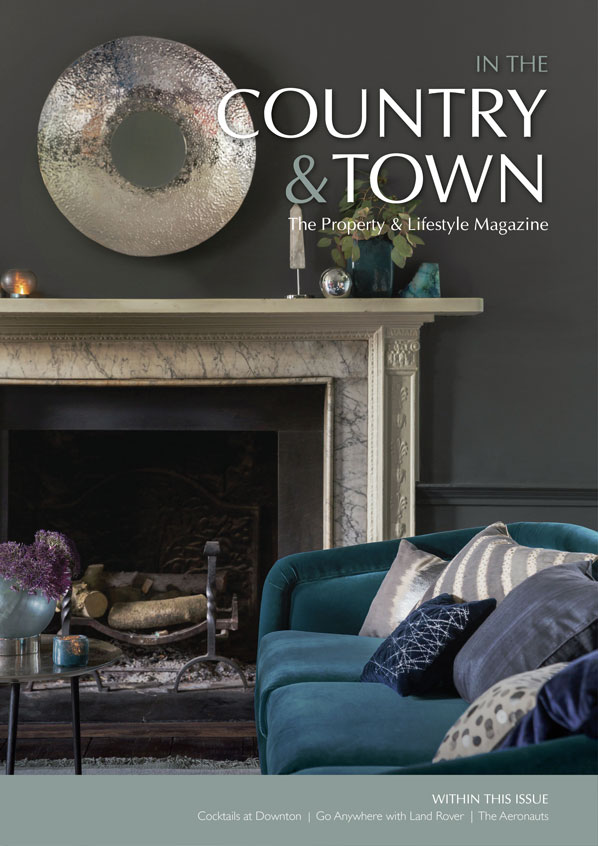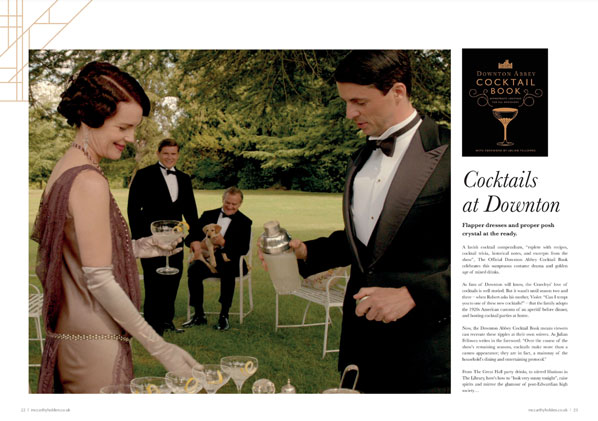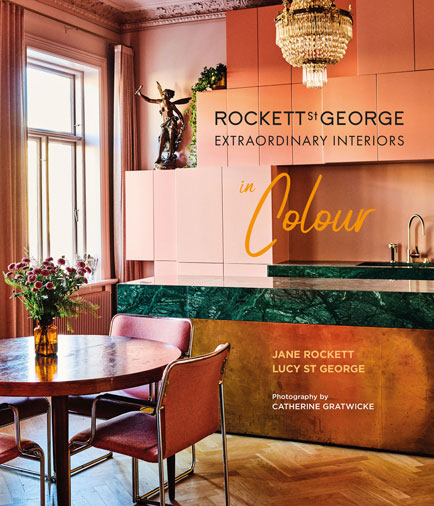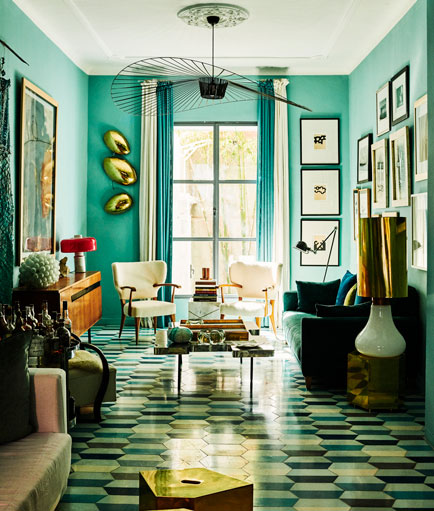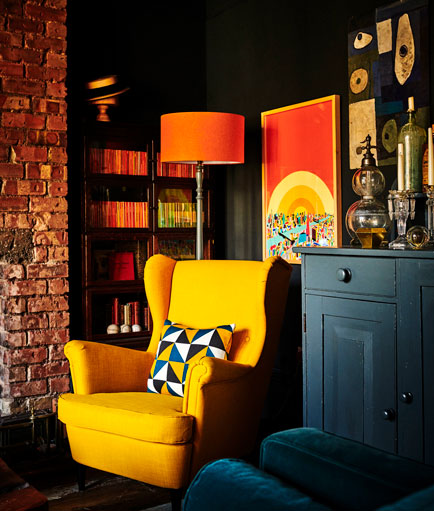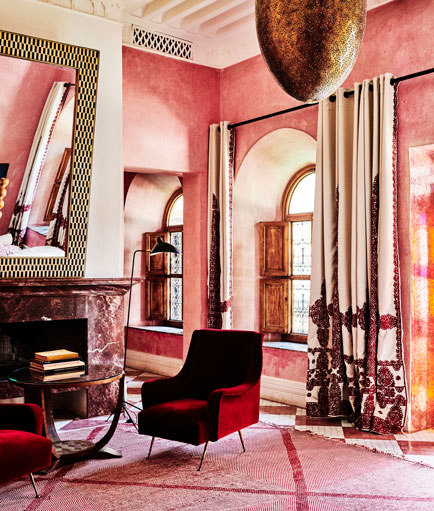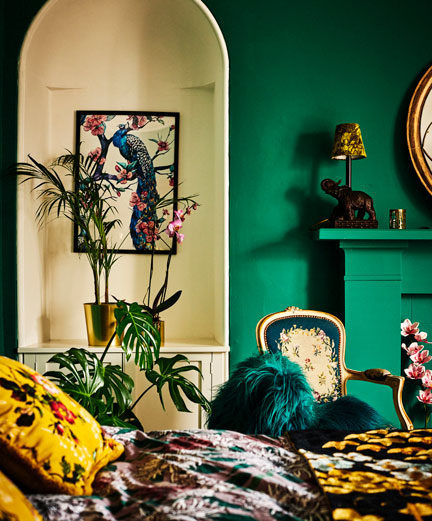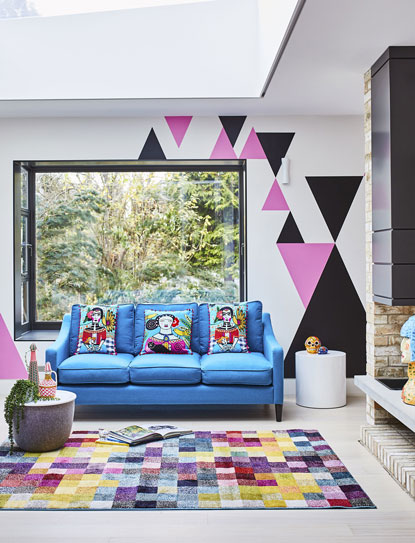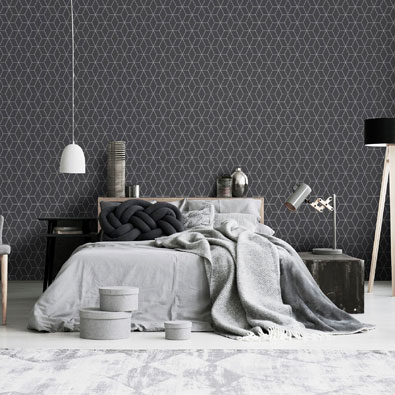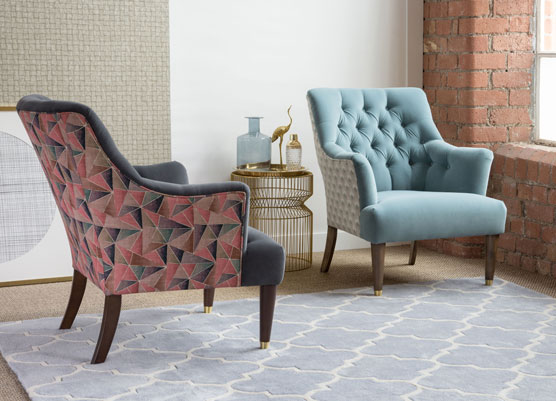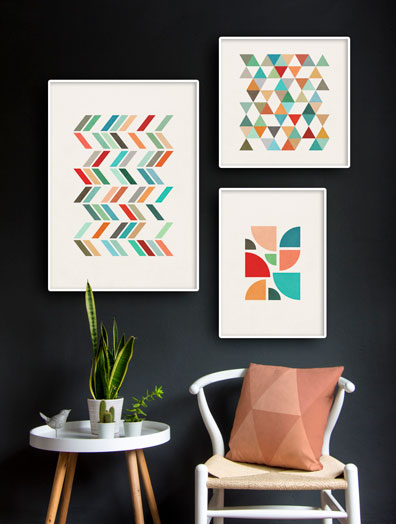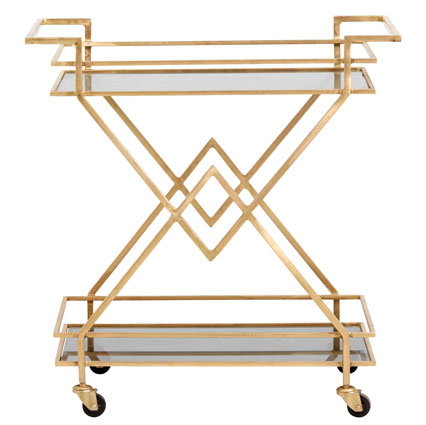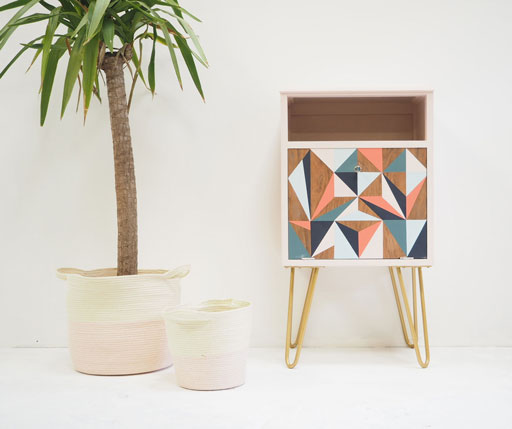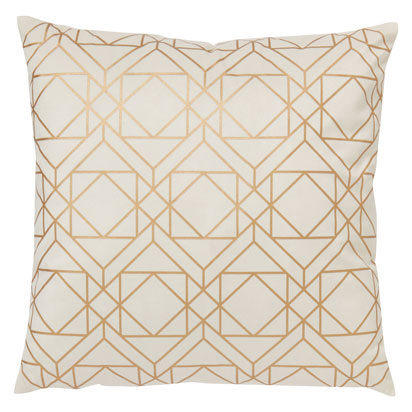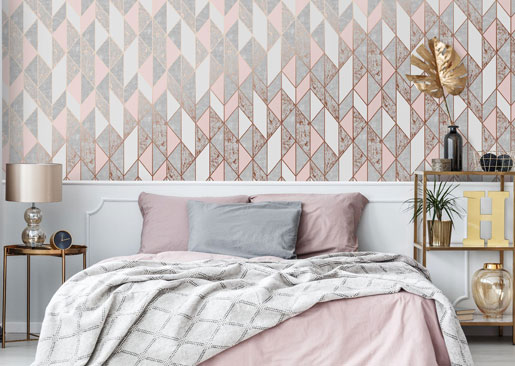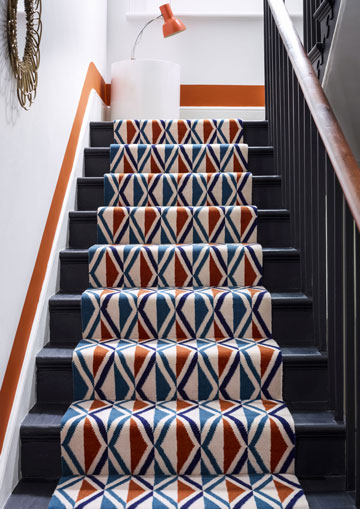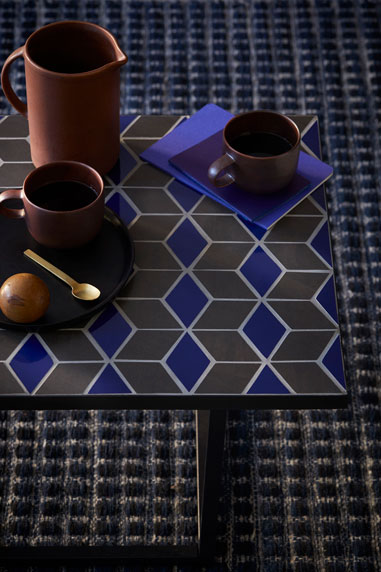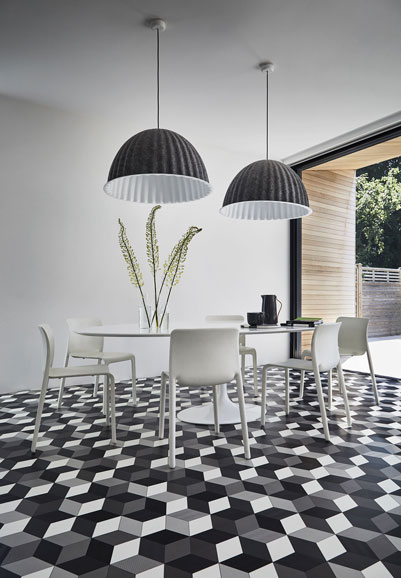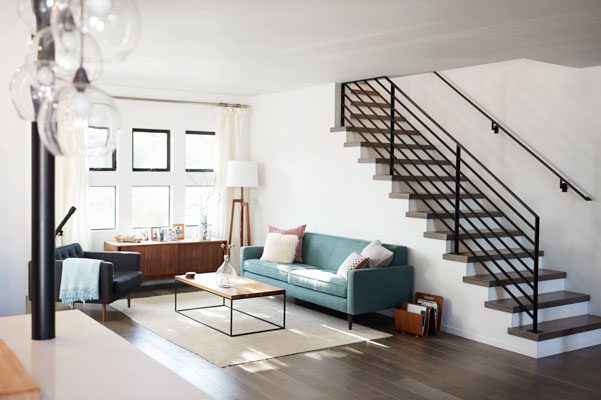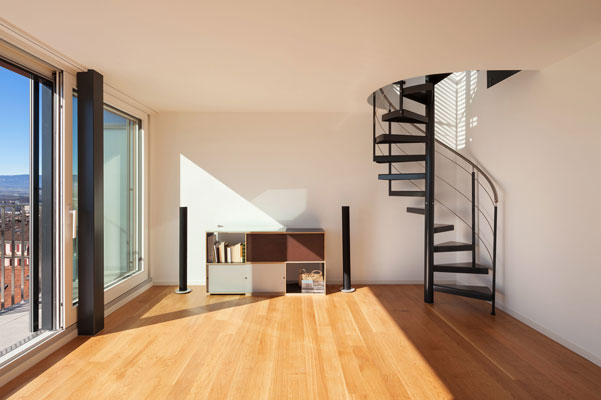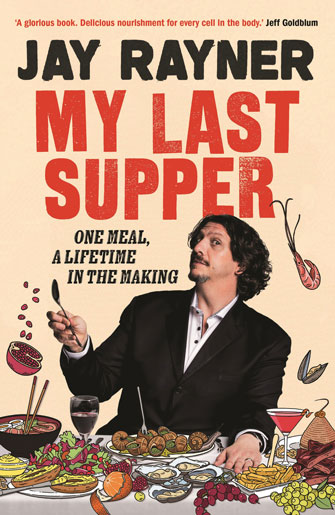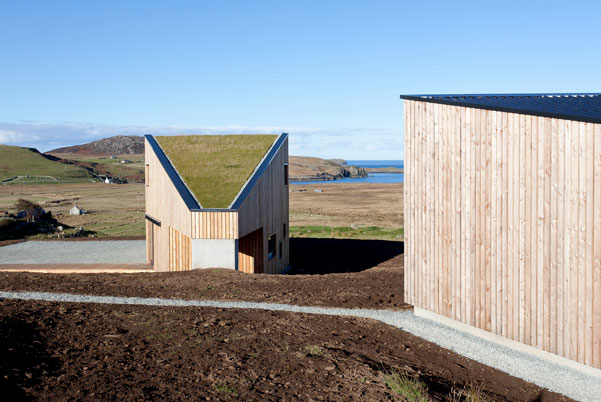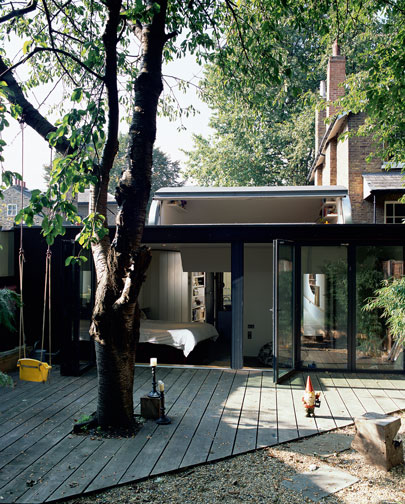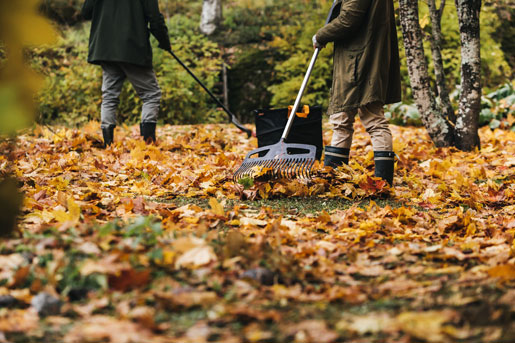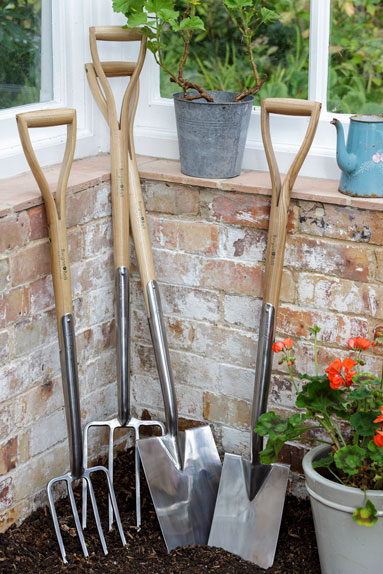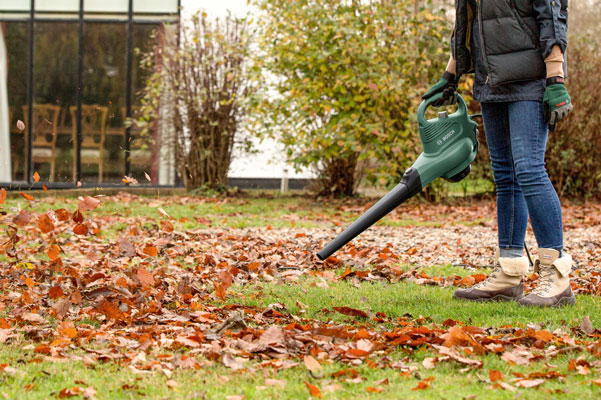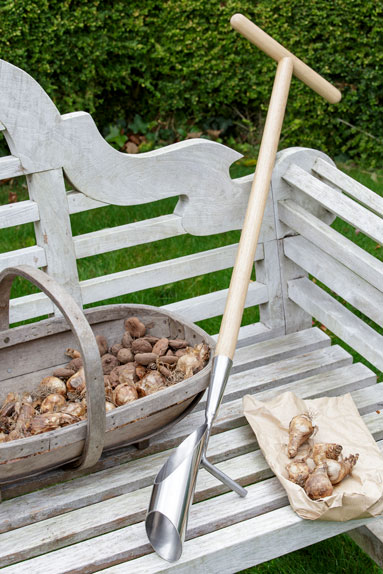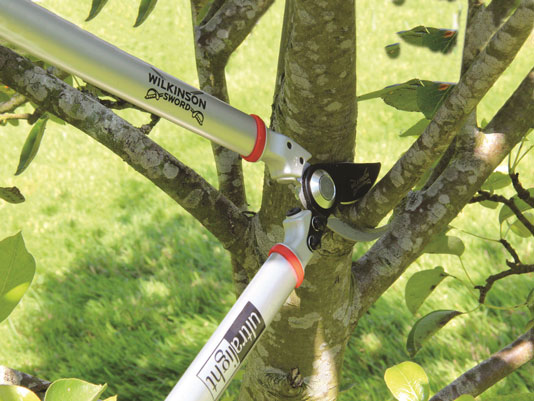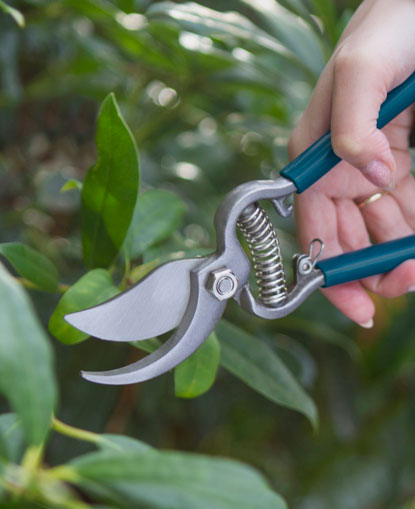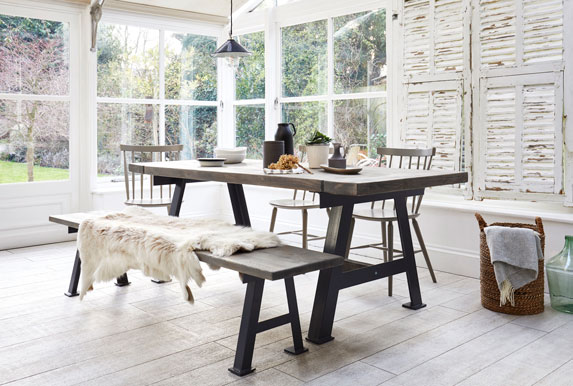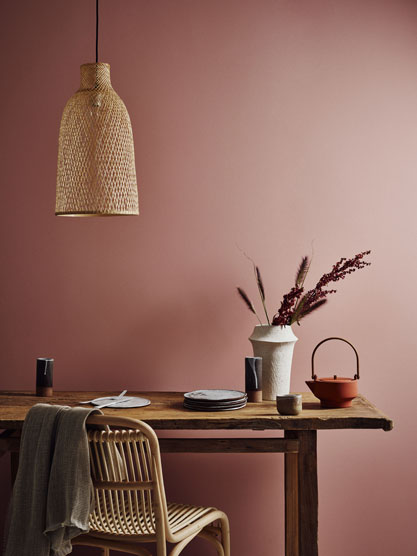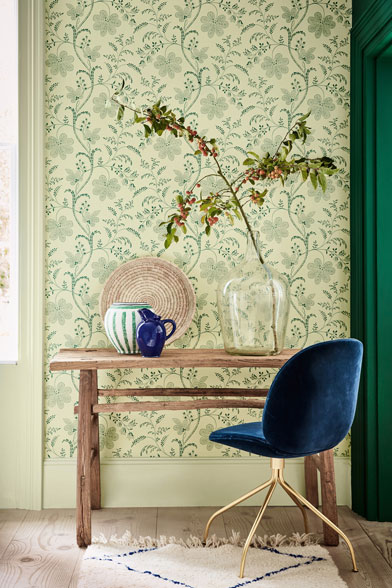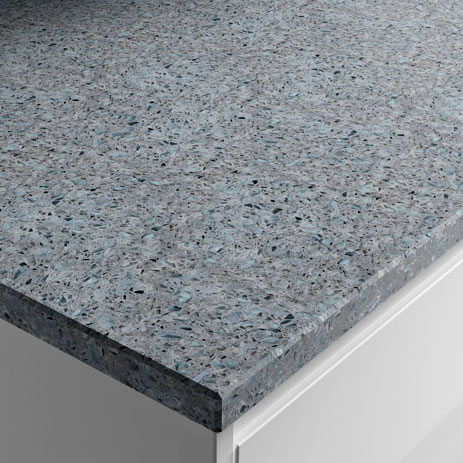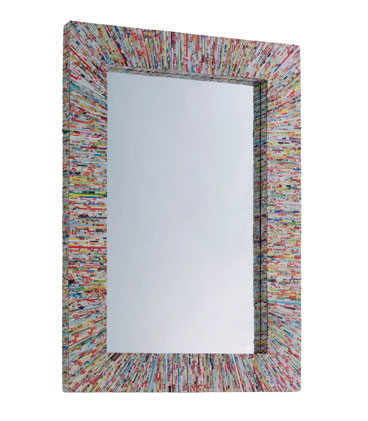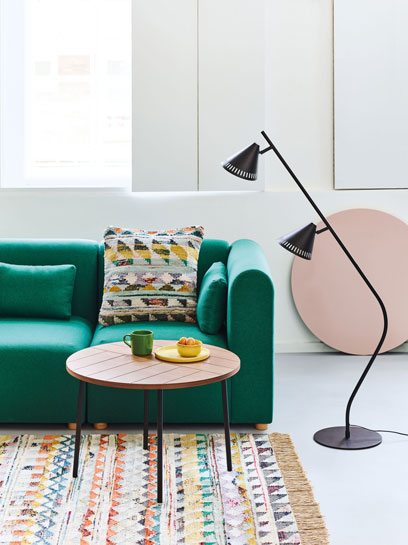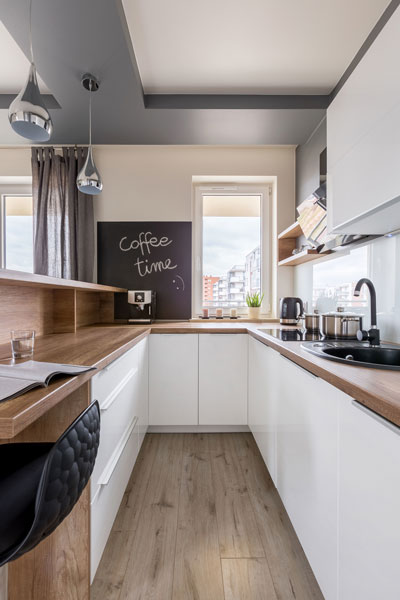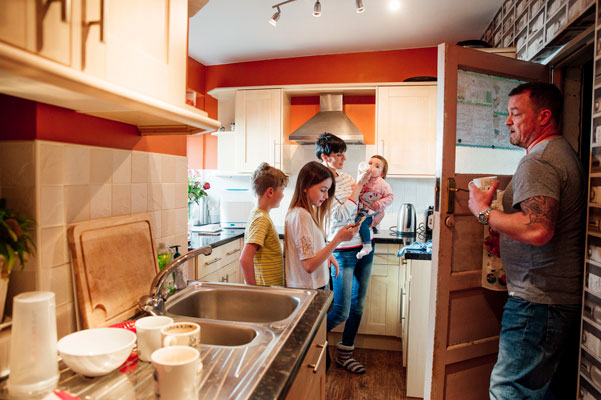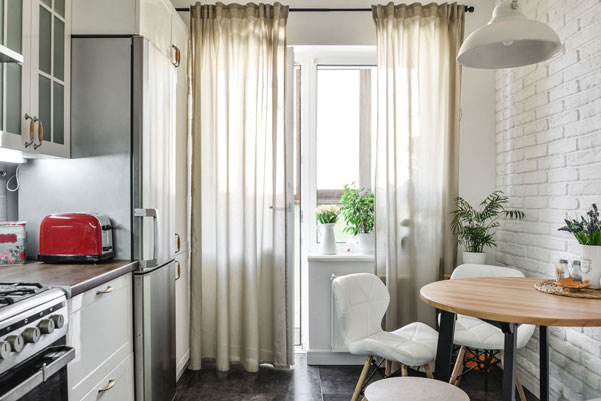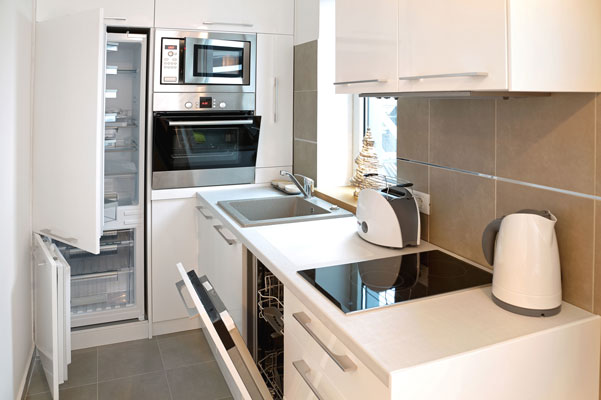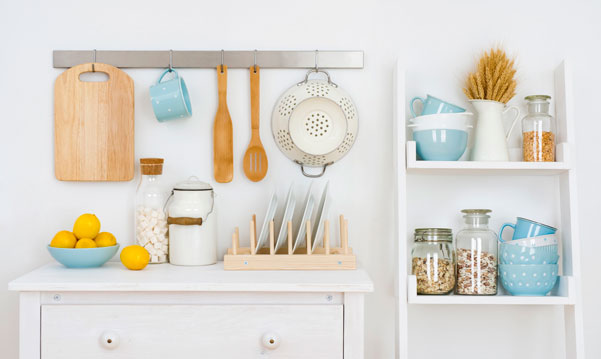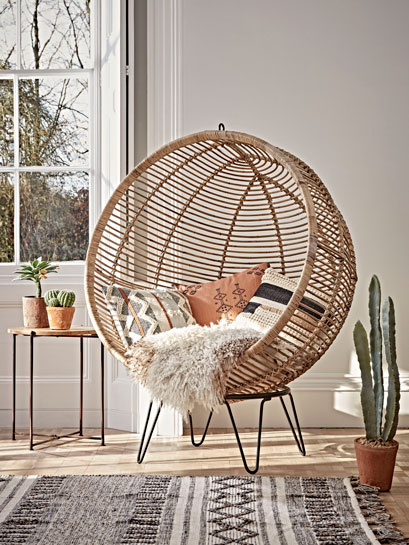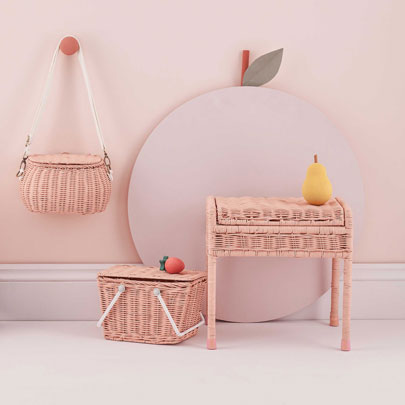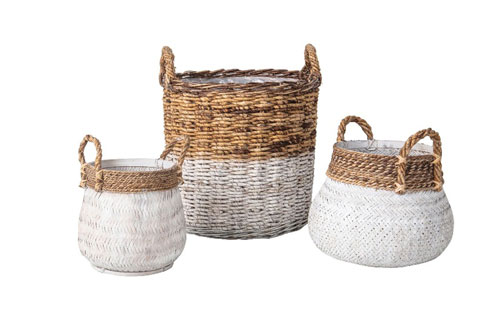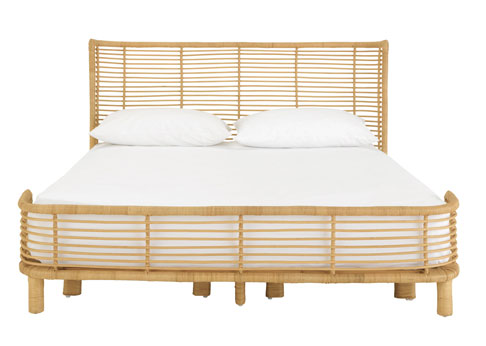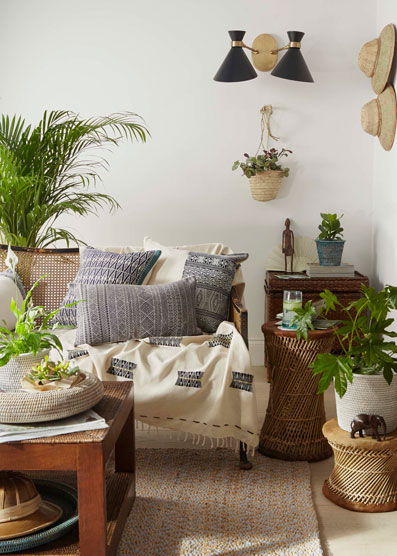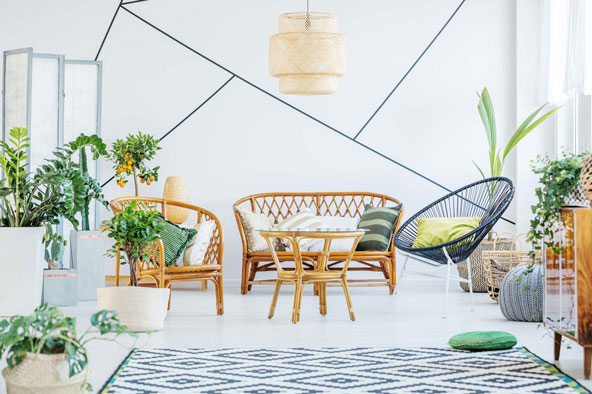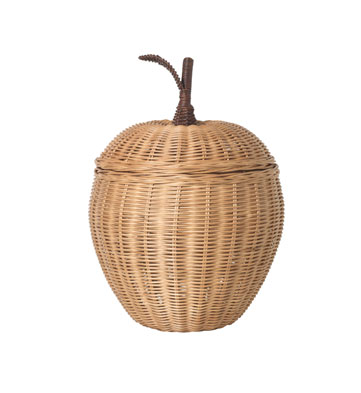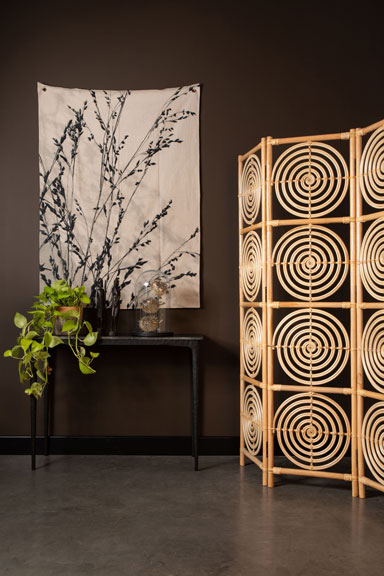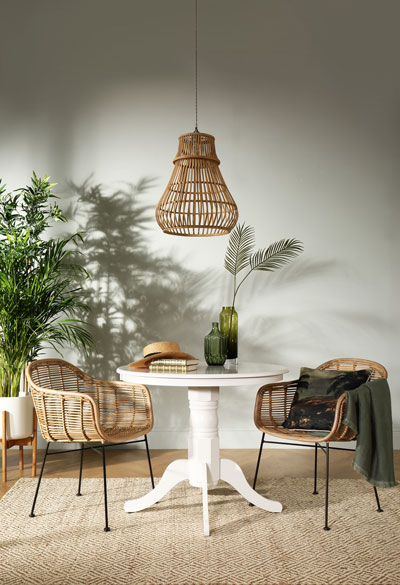Spring is here and so are the insect bites
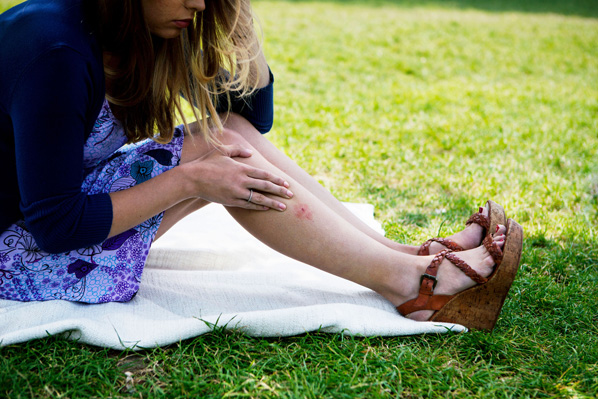
Here comes the sun – and shorts, T-shirts, sandals, picnics and afternoons outdoors – hurrah! But all this means insect bites and stings might be more likely too.
Besides being itchy and sore, Dr Deborah Lee from Dr Fox Online Pharmacy says bites and stings may take several days to disappear – and can become infected with bacteria.
“Insect bites can also worsen eczema,” says Lee. And while most people will only have relatively mild symptoms, they can also cause more serious allergic reactions – including life-threatening anaphylaxis.
“For all these reasons, it’s a good idea to take steps to minimise your risk of being bitten or stung,” she advises.
James O’Loan, CEO and pharmacist at Chemist4U, says some of the best ways to do this are: “Applying insect repellent, keeping food and drink covered when eating outdoors, and staying calm if you encounter wasps or bees.”
Lee shares the following advice…

Wasps
“If a wasp flies nearby or lands on you, don’t flap your hand. Just stay still and let it fly off,” says Lee. “Wasps only usually sting if provoked.”
She suggests wearing shoes when walking on grass. Wearing white or pale-yellow clothing has also been found to help keep wasps at bay.
“They have a very sweet tooth and highly sensitive sense of smell, so are instantly attracted to a picnic. Try filling a jam jar with jam, ginger syrup, or beer, plus add a little washing-up liquid, and place it a short distance away from your food,” adds Lee.
And if you get stung: “If the sting is still in the skin, remove it gently with your fingernail or using a piece of gauze. Don’t use tweezers as you can squeeze more venom into the skin.
“Wash the area with soap and warm water and pat dry. Apply a cold compress for around 10 minutes. Elevate the limb or area if possible. You may want to take paracetamol or ibuprofen if it’s painful. If it’s itchy, try some antihistamines.”
Bees
“Bees are gentle and will only sting if frightened, so when one comes near you, keep calm and still,” says Lee. “Although it can be hard to avoid the impulse, avoid swotting it. It’s likely to simply fly away.”
Stay away from flowers, as bees feed on the nectar inside flowering plants. “Bees like sweet things too,” adds Lee. “So always keep food in sealed containers and don’t leave sweet foods outside uncovered. Don’t leave half-drunk cans of fizzy drinks hanging around.
“If bees appear, don’t jump up and run away in a panic. Get up slowly and move cautiously in the opposite direction. Bees don’t like panic.”
And if you get stung: Same advice as a wasp sting.

Hornets
“Hornets are extra-large wasps, so follow the advice about avoiding wasp stings. Don’t wear perfumes, or any fragranced body products – they love the sweet smell,” cautions Lee. “They also love the smell of sweat, so don’t get too hot and sticky!”
Also, avoid clothes with bright colours and floral patterns. Eat picnic foods quickly, seal everything up, and dispose of waste promptly and carefully. Close dustbin lids and keep car windows rolled up.
And if you get stung: Same advice as a wasp sting (but note hornets do not leave their sting behind).

Mosquitos
You can try out gadgets like the Thermacell Mosquito & Midge Protector (prices start from around £25), or wear scented bracelets to try and keep pesky mozzies away, but you might be surprised to hear the colour of your clothes makes a real difference to whether or not you get bitten. “Go for light coloured clothing, or beige or khaki. Don’t wear black leggings as they will bite through thin fabric,” says Lee. “They can even bite through jeans!”
Lee advises liberally applying a certified insect repellent containing DEET, before you leave the house, and don’t forget exposed areas such as your neck, fingers, ankles and wrists.
“Mosquitos love stagnant water, so don’t go near ponds. Other sources can be blocked guttering, or other collections of water, such as a watering tray underneath your plants.
“Mosquitos are attracted by some smells, such as lavender, so again, avoid any perfumed body products,” she continues. “They dislike the smell of lemons.
“Citronella candles are ineffective because although mosquitos don’t like the lemons, they’re attracted by the increase in carbon dioxide from burning the candle.”
And if you get stung: “Wash the area with soap and water, and pat dry with a towel,” says Lee. “Apply calamine lotion to help relieve the itching. Apply a cold compress for five to 10 minutes. Take paracetamol or ibuprofen if it’s painful. Try antihistamines for itching, or ask the pharmacist for advice.”
Horseflies
“Horseflies are most likely to be out and about at dawn and dusk, although they can bite at any time,” says Lee. “They also love piles of manure, so avoid stables and farmyards.”
She says to take care walking in long grass or beside stagnant water such as ponds, lakes and marshes. Wear long-sleeved tops and trousers, tucked into your socks. Wear a sunhat or a cap, with some form of neck protector. Again, wear light colours and avoid perfumed products.
Lee recommends to try Picaridin insect repellent spray for horseflies. Also, they dislike the scent of peppermint, eucalyptus, lavender, clove, rosemary and basil.
And if you get stung: “These often cause a blister at the bite site, but avoid scratching the top of the blister, even if it’s itchy. Clean the area using cotton wool with plain soap and warm water, and pat gently dry.
“It’s not a good idea to use other remedies like vinegar or bicarbonate of soda, as these have been shown not to work,” says Lee. “Apply a cold compress for five to 10 minutes. Take paracetamol or ibuprofen if it’s painful. Try antihistamines for itching.”
If you have a bad reaction…
With any insect bite or sting, if you have a bad reaction or symptoms get worse, seek medical advice.
“A normal bite or sting should heal within a few days” suggests O’Loan. “The pain and inflammation could be made worse if you have a mild allergic reaction to the bite or sting, but this should normally pass within a week. If you’re worried about a bite or sting, speak to your pharmacist to find the right treatment.”
Any possible signs of anaphylaxis should be treated as a medical emergency. This includes difficulty breathing, feeling lightheaded, faint or confused, a fast heartbeat and unconsciousness, as well as symptoms like a red, itchy rash (hives), vomiting and swelling.


